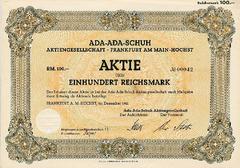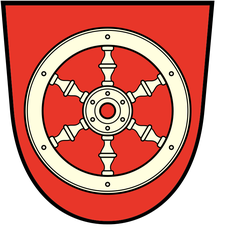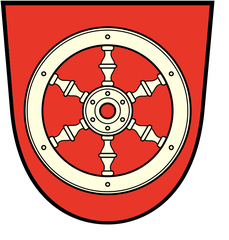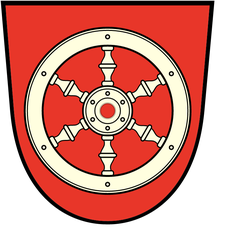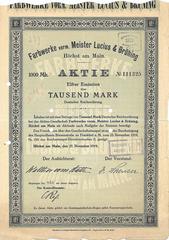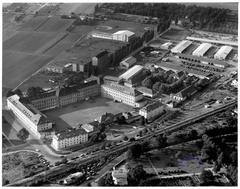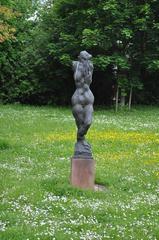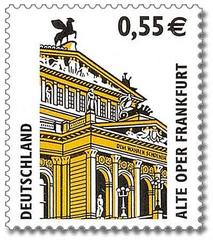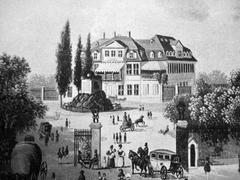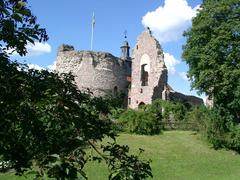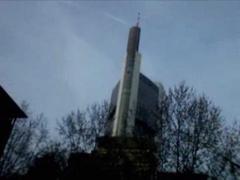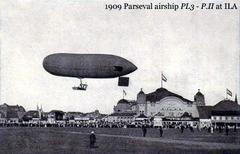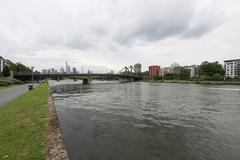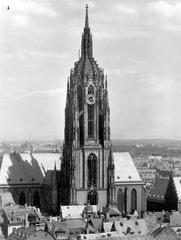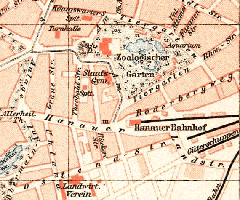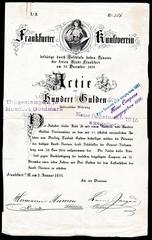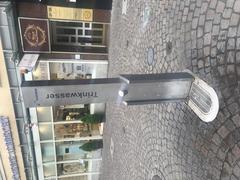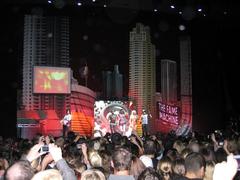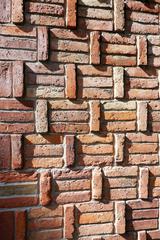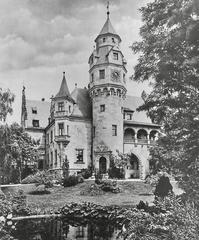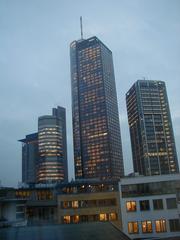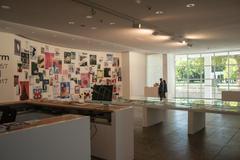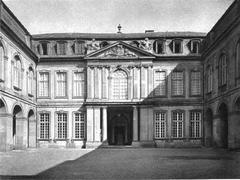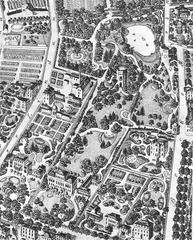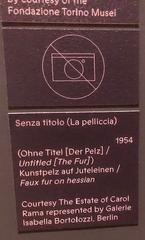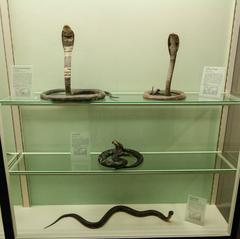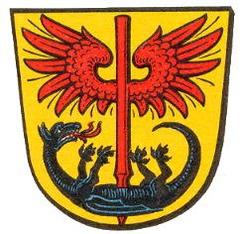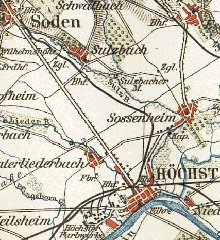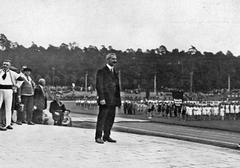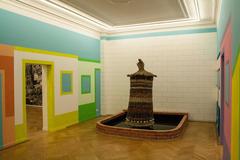
Visiting Hours, Tickets, and Tips for City Park Hoechst, Frankfurt am Main
Date: 23/07/2024
Introduction
City Park Hoechst, located in the Hoechst district of Frankfurt am Main, Germany, is a remarkable urban green space that offers a blend of historical, cultural, and natural attractions. Established in the early 20th century, the park has evolved from its origins as a recreational area for local industrial workers into a beloved public space that serves diverse community needs. The park’s rich history, from its initial design inspired by English landscape gardens to its reconstruction post-World War II, reflects the social and cultural shifts of its time (source).
Architectural enthusiasts will appreciate the historic Orangery and the Bolongaropalast, while nature lovers can explore the park’s diverse flora and fauna. City Park Hoechst is also a hub for cultural events, such as the annual Hoechst Castle Festival and open-air concerts, which attract both locals and tourists. The park’s commitment to environmental sustainability and community engagement further enhances its appeal (source). Whether you’re interested in history, nature, or simply seeking a peaceful retreat, City Park Hoechst has something to offer for everyone.
Table of Contents
- History of City Park Hoechst
- Visitor Information
- Travel Tips
- Special Events and Guided Tours
- FAQ
- Conclusion
History of City Park Hoechst
Early Beginnings
City Park Hoechst was established in 1908 during a period when urban green spaces were becoming increasingly valued for their recreational and aesthetic benefits. The creation of City Park Hoechst was part of a broader movement in Germany to provide urban dwellers with access to nature and leisure activities, reflecting the social and cultural shifts of the time.
Development and Expansion
The initial design of City Park Hoechst was influenced by the English landscape garden style, which emphasized naturalistic landscapes, winding paths, and a variety of plant species. The park’s layout was intended to offer a serene escape from the industrial surroundings of Hoechst, known for its chemical industry. Over the years, the park underwent several expansions and improvements, including the addition of ornamental gardens, playgrounds, and sports facilities.
World War II and Reconstruction
During World War II, City Park Hoechst, like many other urban areas in Germany, suffered significant damage. The park’s infrastructure and plantings were heavily affected by bombings and military activities. However, the post-war period saw a concerted effort to restore and revitalize the park. In the late 1940s and early 1950s, local authorities and community groups collaborated to replant trees, repair pathways, and rebuild damaged structures. This period of reconstruction was crucial in preserving the park’s historical character while adapting it to contemporary needs.
Cultural Significance
City Park Hoechst holds a special place in the cultural and social life of the Hoechst district. It has been the site of numerous public events, festivals, and community gatherings over the decades. The park’s bandstand, for example, has hosted countless concerts and performances, contributing to the local cultural scene. Additionally, the park’s diverse flora and fauna have made it a popular destination for nature enthusiasts and educational programs.
Architectural Highlights
One of the notable architectural features of City Park Hoechst is the historic Orangery, a greenhouse structure that dates back to the early 20th century. The Orangery was originally used to house exotic plants and provide a warm environment for delicate species during the winter months. Today, it serves as a venue for exhibitions and events, blending historical architecture with contemporary uses. The park also features several sculptures and monuments that commemorate local history and notable figures.
Modern Enhancements
In recent years, City Park Hoechst has undergone further enhancements to meet the needs of modern visitors. These improvements include the installation of new playground equipment, the creation of fitness trails, and the introduction of sustainable landscaping practices. The park’s management has also focused on accessibility, ensuring that pathways and facilities are accessible to people with disabilities. These efforts have helped to maintain the park’s relevance and appeal in the 21st century.
Environmental Initiatives
City Park Hoechst has been at the forefront of several environmental initiatives aimed at promoting sustainability and biodiversity. The park’s management has implemented measures to reduce water usage, promote native plant species, and create habitats for local wildlife. These initiatives are part of a broader effort to make the park a model of urban ecological stewardship. Educational programs and workshops are regularly held to engage the community in these efforts and raise awareness about environmental conservation.
Community Engagement
The success and vitality of City Park Hoechst can be attributed in large part to the active involvement of the local community. Volunteer groups, such as the Friends of City Park Hoechst, play a crucial role in maintaining the park and organizing events. These groups work closely with local authorities to ensure that the park remains a welcoming and vibrant space for all residents. Community engagement initiatives, such as tree planting days and clean-up events, foster a sense of ownership and pride among residents.
Future Prospects
Looking ahead, City Park Hoechst is poised to continue its legacy as a cherished urban green space. Plans for future development include the expansion of recreational facilities, the introduction of new cultural programs, and the enhancement of the park’s natural features. These plans are guided by a commitment to preserving the park’s historical character while adapting to the evolving needs of the community. As City Park Hoechst approaches its 120th anniversary, it remains a testament to the enduring value of urban parks in enhancing the quality of life for city dwellers.
Visitor Information
- Visiting Hours: The park is open daily from 6 AM to 10 PM.
- Tickets: Entry to City Park Hoechst is free of charge.
Travel Tips
- How to Get There: City Park Hoechst is easily accessible by public transportation. The nearest train station is Frankfurt-Hoechst.
- Nearby Attractions: While in the area, consider visiting the Hoechst Castle and the Bolongaropalast.
Special Events and Guided Tours
City Park Hoechst hosts various events throughout the year, including festivals, concerts, and educational programs. Guided tours are available by appointment and offer insights into the park’s history and natural features.
FAQ
- What are the opening hours of City Park Hoechst?
- The park is open daily from 6 AM to 10 PM.
- Is there an entry fee?
- No, entry to City Park Hoechst is free of charge.
- Are there guided tours available?
- Yes, guided tours can be arranged by appointment. Check the park’s official website for more details.
For more detailed information on the history and significance of City Park Hoechst, you can visit the official website of Frankfurt am Main.
Conclusion
City Park Hoechst is not just a historical landmark but a vibrant community hub that continues to evolve. Whether you’re a history buff, nature enthusiast, or just looking for a peaceful retreat in Frankfurt, City Park Hoechst has something to offer. Plan your visit today and experience the charm and beauty of this iconic urban green space.
References
- Official website of Frankfurt am Main. Retrieved from https://www.frankfurt.de/sixcms/detail.php?id=2855
- Frankfurt Tourism. Hoechst Castle. Retrieved from https://www.frankfurt-tourismus.de/en/Discover-Experience/Attractions/Palaces-and-Castles/Hoechst-Castle
